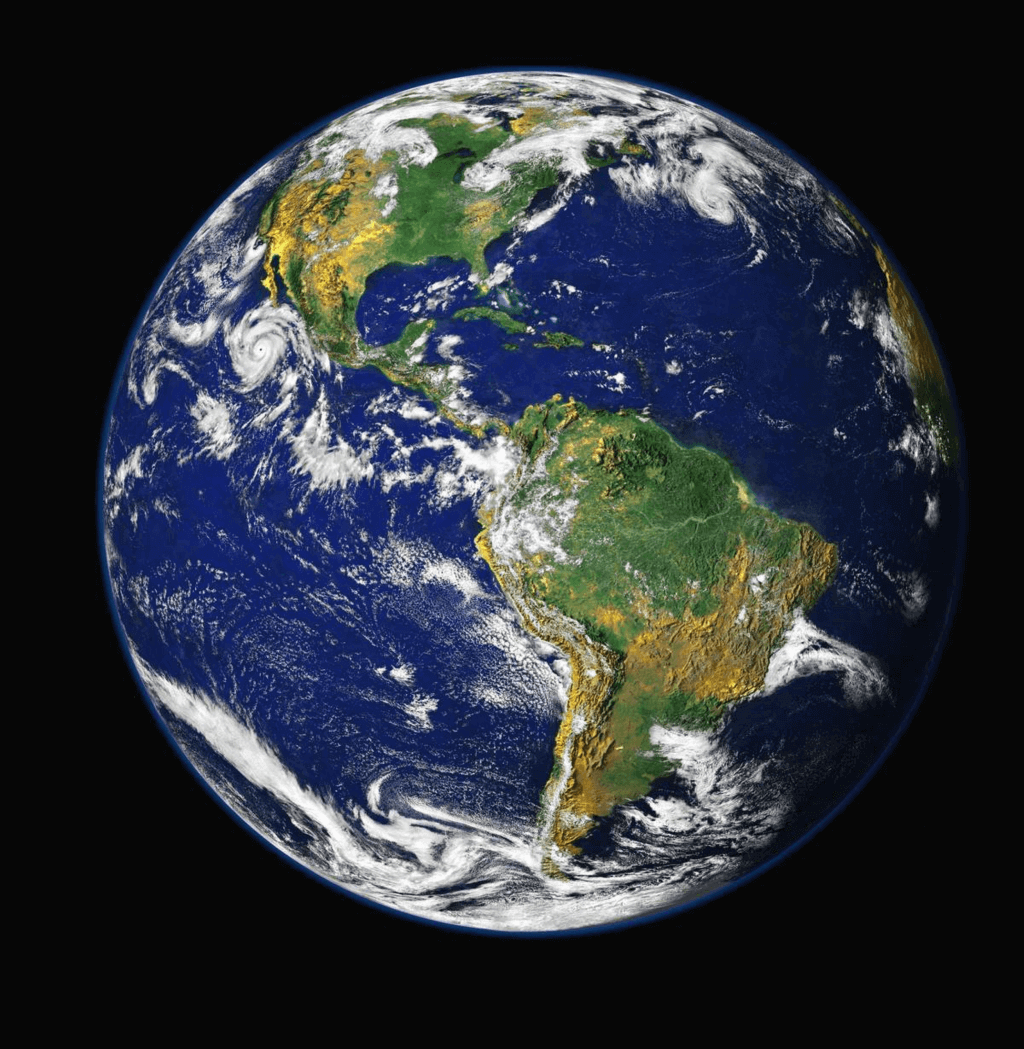Kyoto Protocol Day
Kyoto Protocol Day is observed next on Monday, February 16th, 2026 (71 days from today).

Kyoto Protocol Day is observed annually on February 16th to honor the Kyoto Protocol, in the full Kyoto Protocol of the United Nations Framework Convention on Climate Change, an international treaty.
History of Kyoto Protocol Day
Kyoto Protocol Day honors an international agreement, named the Kyoto Protocol to reduce greenhouse gas emissions which contribute to global warming. The Protocol has been ratified by 191 countries and the European Union; it was signed by the United States, but not ratified, and they dropped the protocol in 2001. After initial participation, Canada withdrew from the protocol.
Greenhouse gases, including carbon dioxide (CO₂), methane (CH), nitrous oxide (NO), per fluorocarbons (PFCs), hydro fluorocarbons (HFCs) and sulfur hexafluoride (SF₆), lead to an increase in the global mean temperature demand, known as global warming. Some of the effects of global warming include rising sea levels causing flooding in coastal areas and the disappearance of islands; melting of glaciers, sea ice and permafrost in the Arctic; an increase in floods and droughts; and extinction could increase by 20 to 30 percent of plant and animal species. The United States and China are two largest contributors of CO₂.
The United Nations Framework Convention on Climate Change (UNFCCC) is an international environmental treaty adopted in 1992 and its members have met annually since 1995 at the Conference of the Parties (UNFCCC). COP). Members adopted the Kyoto Protocol in Kyoto, Japan, on December 11, 1997, after more than 150 countries attended the COP. The rules for implementing the protocol were discussed at COP7, in Marrakesh, Morocco, in November 2001. To come into force, the protocol needed to be ratified by 55 countries - which accounted for 55% of the volume emissions in the world in 1990. On February 16, 2005, the protocol entered into force, 90 days after being ratified by a number of necessary countries.
The first commitment period of the protocol was from 2008 to 2012, when 37 industrialized countries and the European Community, agreed to reduce greenhouse gas emissions to 5% below 1990 levels. More than 100 countries Developing countries, including China and India, have been exempted from the treaty, although developing countries are required to comply voluntarily. Therefore, most of the burden falls on developed countries.
On 8 December 2012, at COP18 in Doha, new commitments were made for Annex I countries - developed countries and "economies in transition" - for the second commitment period 2013-2020. The new commitments call for greenhouse gas levels to be 18 percent below 1990 levels. This is known as the "Doha Amendment." It also includes a revised list of greenhouse gases and other changes. Not all of the same countries are participating in the second pledge as are the countries in the first.
In order for countries to achieve their goals, it is essential to take national measures. There are three ways for countries to achieve their goals:
. International Emissions Trading - Countries that have achieved their targets can sell their excess capacity to countries that have exceeded their allotted greenhouse gas emissions. Carbon dioxide is the main greenhouse gas, so people often say they are trading in carbon. There are other units that can be sold in addition to the emissions unit, such as certified emission reduction credits.
. Clean Development Mechanism - A committed country can undertake an emissions reduction project in a developing country. An example would be building rural electrification infrastructure with solar panels in a developing country. The country will then earn certified emission reduction credits that can be sold.
. Joint implementation — a country can earn emission reduction units with an emissions reduction or elimination project in another country.
Records of each country's emissions are kept, as are records of occupations. This is regulated by the United Nations Climate Change Secretariat in Bonn, Germany. The Kyoto Protocol also helps many countries adapt to climate change.
The Kyoto Protocol has been seen as a landmark achievement, but some have criticized it. After the first two years, many countries fell short of the target. Some critics say that even if all targets were achieved, the environment would not be significantly improved, because China and the United States - the top two emitters - are not bound by this protocol. Some say that even if the United States were to join, the impact would not be large enough to make a difference in global temperatures.
The new treaty will be agreed in 2015. It said the Major greenhouse gas producers that are not part of the Kyoto Protocol, such as the United States, China and India, will have to limit gas. It will completely replace Kyoto and come into force in 2020. In 2015, COP21 took place in Paris and all UNFCCC participants signed the non-binding "Paris Agreement", which will replace the Kyoto Protocol. In 2017, the United States would withdraw from the treaty, but could not do so until 2020. The agreement limits warming to 2°C (3.6°F) below pre-industrial, with the goal of keeping it no more than 1.5°C (2.7°F) above pre-industrial levels.
How to Observe Kyoto Protocol Day
Observe the day by looking for updates on the Kyoto Protocol and the Paris Agreement, to see which countries are participating and whether they are achieving their goals. Spend the day learning more about climate change and greenhouse gases and what you can do to help build a more sustainable world.
Observed
Kyoto Protocol Day has been observed annually on February 16th.Dates
Friday, February 16th, 2024
Sunday, February 16th, 2025
Monday, February 16th, 2026
Tuesday, February 16th, 2027
Wednesday, February 16th, 2028


